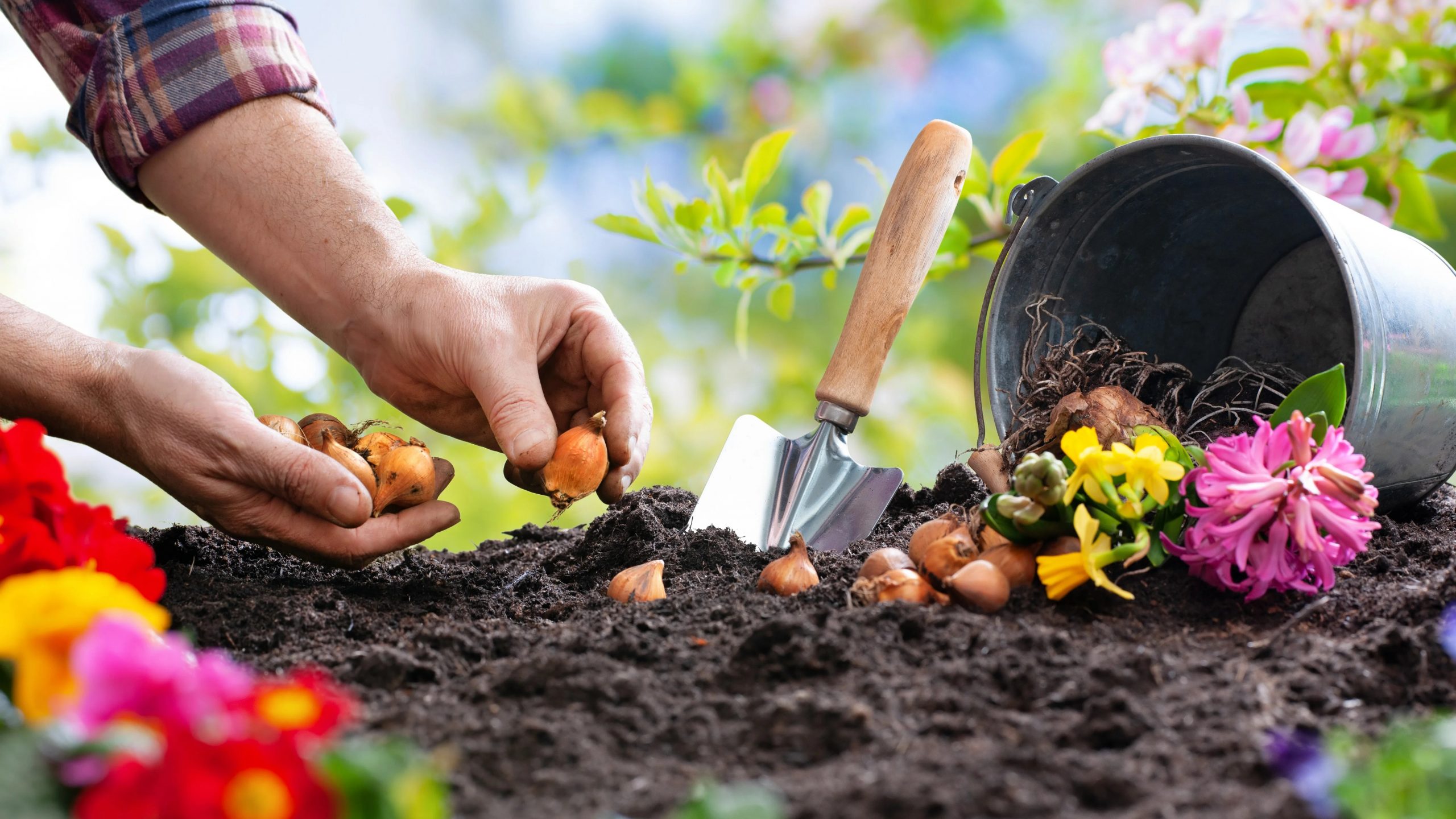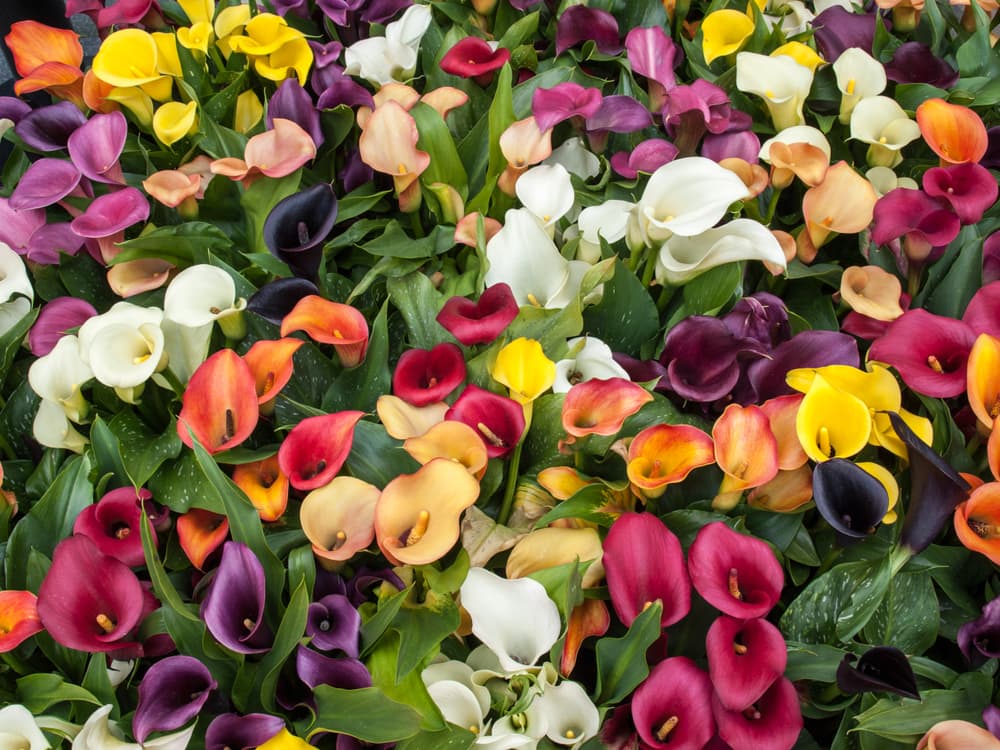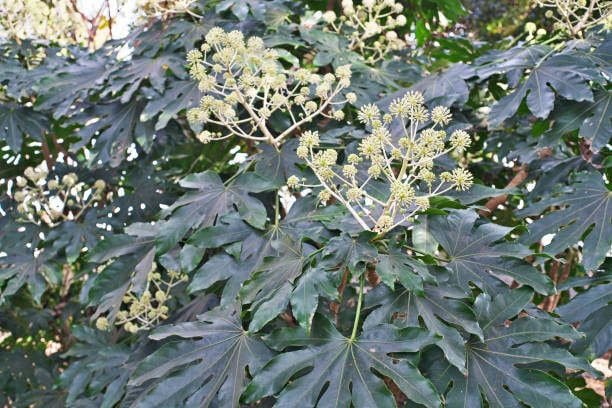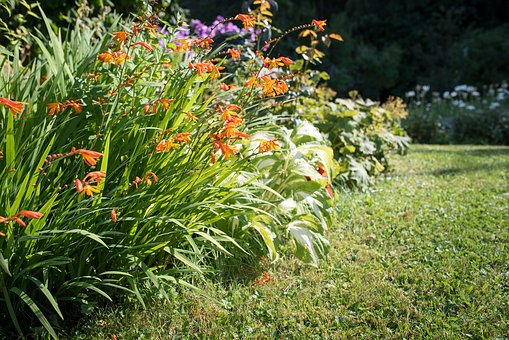Easy Steps For Growing Stunning Delphiniums
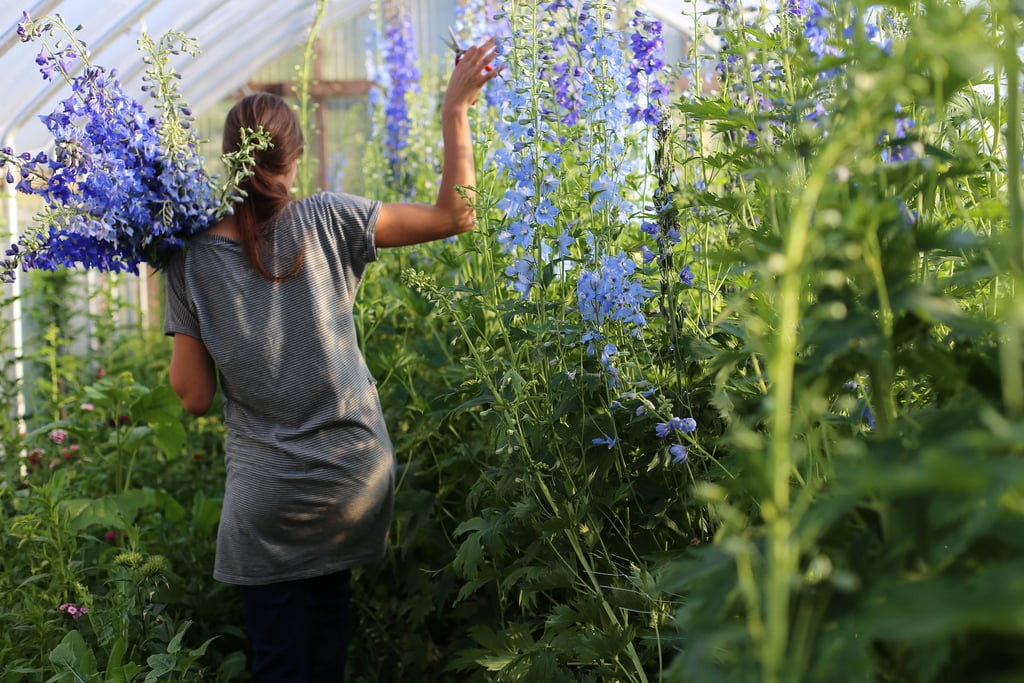
Table of Contents
Are you planning to add some extra beauty to your garden? Then, Delphiniums are good to go! These are quite attractive and can boost the beauty of any garden in many folds. They give a vertical structure to your garden with its tall flower stalks.
Delphiniums come in breathtakingly beautiful colours of pink, blue, purple, white, red, and yellow. But, the vivid sapphire blue delphiniums are everyone’s favourite. Delphiniums bloom in summer with single, semi-double, or double flowers, which are also called florets. Delphiniums are a bit demanding, they will ask for a little extra attention and care, but the efforts are well worth their beauty!
If you, too, are fascinated by their beauty and want to add them to your landscape, here is a complete guide to help you at every step of the delphinium growing process.
How to Grow Delphiniums From Seeds

Delphiniums can be grown from seeds or from small tiny plants started by the nursery called transplants. Starting from the seeds is a lengthy process that needs to be started 10 weeks indoors before the actual outdoor sowing and then transferred to the garden soil. Whereas transplants are already prepared for plantation.
1. Prepare the Soil
Delphiniums want rich and fertile soil to thrive. So loosen up the soil and feed it with compost to make it full of nutrients. Delphiniums are hungry and need a lot of fertilizer to grow. So provide them with the proper amount of soil so that they grow healthily.
2. Plant out The Sprouted Seeds or Transplants
Move each seedling carefully from the tray to its spot and leave a space of about 45 cm between each of them to establish and grow in the coming years.
When planting the transplants, make a hole twice as large as your original container. Uproot the transplants from the pot and loosen its root ball a bit before placing it in the hole. Gently pat it down to the same depth as it was in a container, and make sure the top of the root ball is even with the top layer of soil. Space each transplant one to three feet apart, depending on its variety.
3. Mulch and Water Properly
Add one to two inches of mulch layer on the topsoil to suppress the weed growth and to keep the soil moist. Do not cover the area around the stem while mulching, as it may stimulate rotting. Water only the base of the plant, as the wet leaves and flowers may contract a disease. Water regularly to keep the soil just moist, and do not overwater as the delphiniums hate logged water.
There are two ways to prepare the seeds for planting. One is indoor, and the other is outdoor. Starting indoors is a long process, and you have to start about 8 weeks before plantation.
4. Sowing Delphiniums Indoors

- Give the seeds a cold start by keeping them in the fridge for about a week before starting the process of germination.
- Take a seed tray and fill it with a layer of compost, then distribute the seeds on the surface evenly before covering it with a very thin layer of compost.
- Keep them in the dark and wait for them to sprout; this may take a few weeks.
- Once the seeds have sprouted, you need to harden them to prepare for the garden plantation. Start keeping them in a sheltered, sunny spot for a few hours a day and increase that time gradually.
- When the seeds are acclimated, they are good to go on the flower beds.
5. Sowing Delphiniums Outdoors
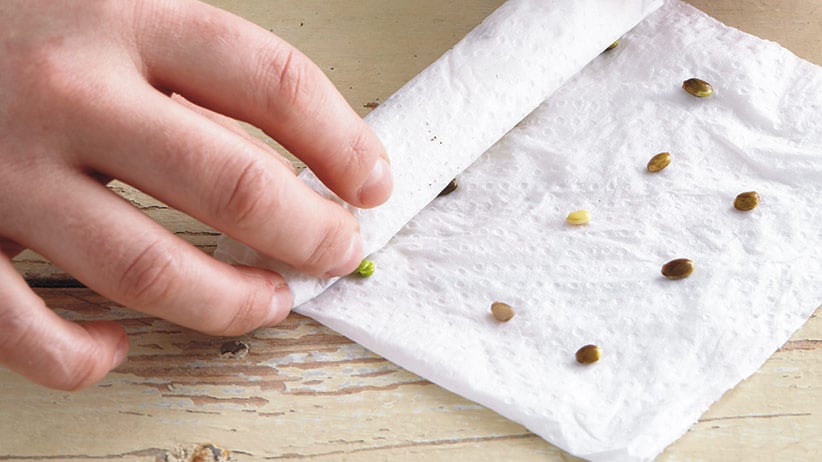
- The first step is the same as in the process of sowing seeds indoors. Just put the seeds in a fridge for seven days to cool them down.
- Give your seeds a good start by germinating them. Put your seeds on a wet toilet roll or coffee filter and fold them over the top. Keep these pockets in a bit of sunlight.
- After a week, these seeds will sprout and are ready to sow directly into the flower beds.
When and Where to Plant Delphiniums?
Spring and autumn are the best periods to plant the delphiniums, as during that time, the soil stays moist and warm. The time you start the process also depends on the method you choose for growing delphiniums. If you are starting from the seeds, sow them 10 weeks before the last spring frost, and on the other hand, the transplants are good to go directly into the soil.
To plant delphinium, choose a spot that gets maximum sun exposure, at least 6 to 8 hours of sunlight every day. At the same time, the spot should also prevent the plant from the strong winds, as it can knock the tall stalked delphinium off. Well-draining soil, where the water doesn’t get clogged, is best preferred by these perennial plants.
What Are the Different Types of Delphiniums?
Delphiniums can be divided into five groups, each having numerous types with distinct characteristics. First, choose the group you most like, and then pick a variety. Keep your preferences and their specifications in mind before deciding on what to grow. Though you do not have to pick just one of them, you can always have fun playing around with your favourite delphinium varieties by mixing them up.
1. Elatum Group
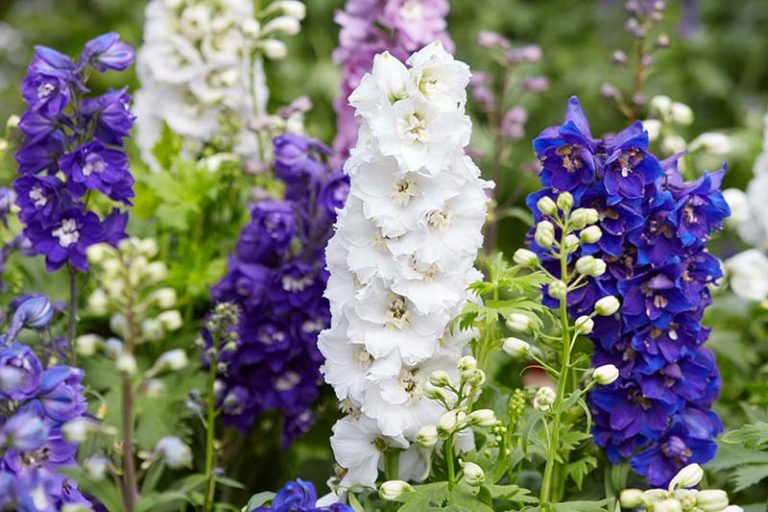
The delphiniums in the elatum group come in a range of colours like blue, purple, white, cream, and pink and can reach up to the height of 8 feet. They are quite popular and are the tallest. The varieties in this group need extra care and maintenance, and that is why it is not recommended for beginners. They bloom in abundance but are short-lived. Some most popular elatum varieties are Butterball, Blue Dawn, Mother of Pearl, and Turkish Delight.
2. Belladonna Group
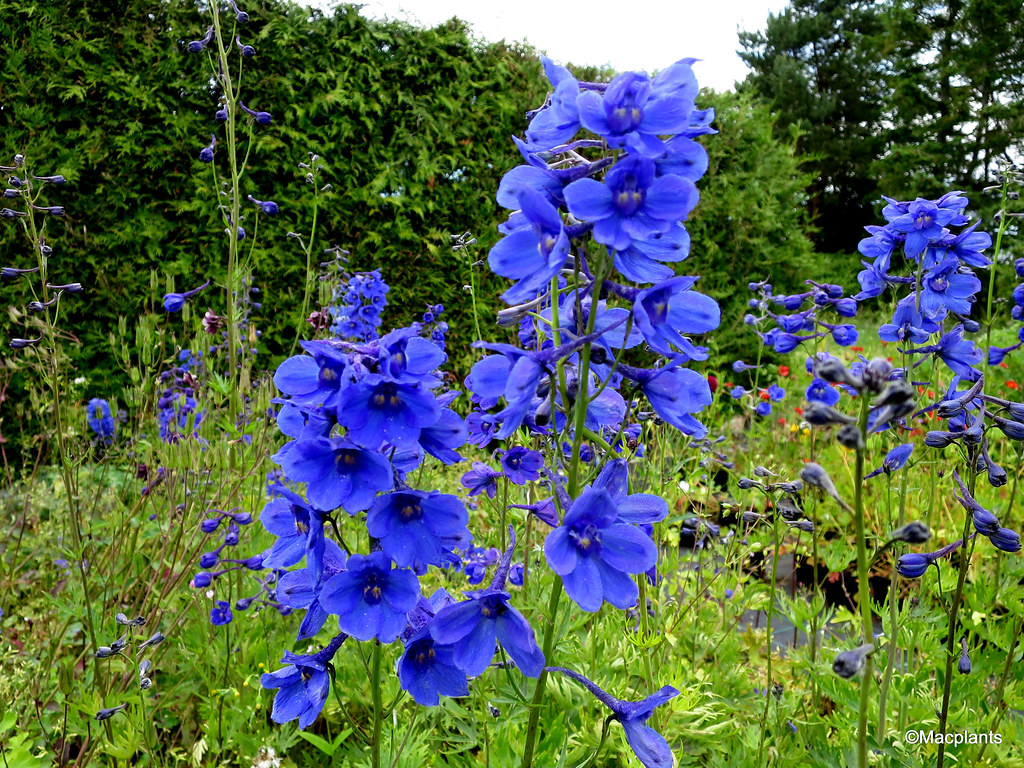
The varieties in the Belladonna group reach up to the height of 3 to 4 feet. The flowers bloom on branched spikes in blue and white shades during summer. Delphiniums in this group can be challenging to maintain but are easier to grow. Bellamosum, Blue Bees, Casa Blanca, and Piccolo are some of the most loved belladonna varieties.
3. Grandiflorum Group
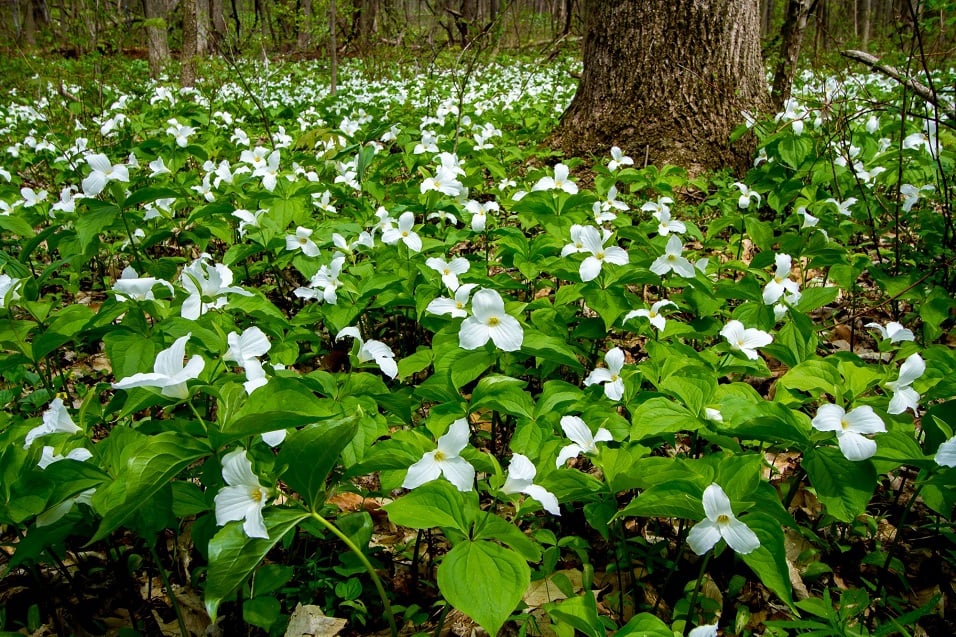
This delphinium group is also called Chinese delphiniums, and it consists of short-lived perennials that are compact and have bushy growth. The flowers of this group are dispersed on the stalk and bloom in colour blue or white. Blue Butterfly, Summer Blues, Summer Star, and Summer Morning are the most popular ones among the huge range of varieties in the grandiflorum group.
4. Pacific Giants
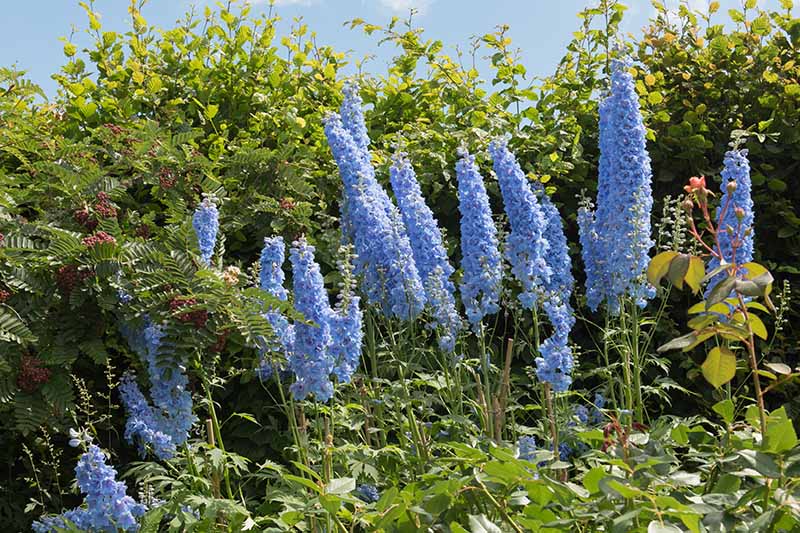
Pacific giants are a hybrid series that grows up to the height of 4 to 6 feet. The flowers bloom in columns of single or double flowers in many colours like blue, white, lavender, pink and purple during the summer season. King Arthur, Black Knight, and Galahad are the most widely grown varieties among the Pacific giants.
5. New Zealand Hybrids
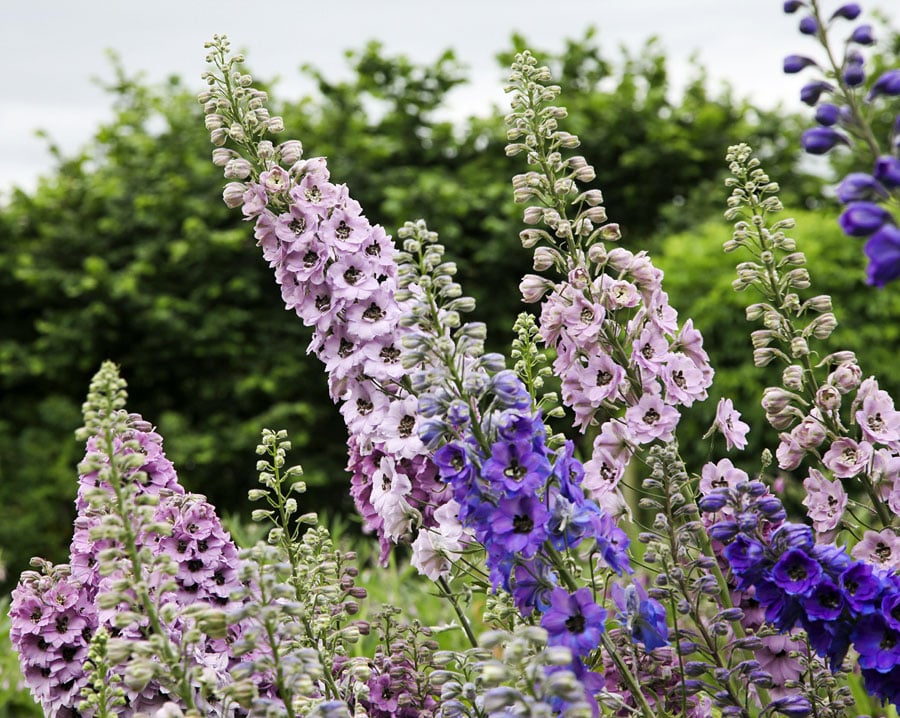
New Zealand hybrids include medium-sized perennials. They are strong, have excellent form, and grow very vigorously. This group of delphinium has a better tolerance to heat and humidity. Pagan Purple, Dasante Blue, and the new millennium series are the specific favourites of this group.
How to Care and Maintain Delphiniums
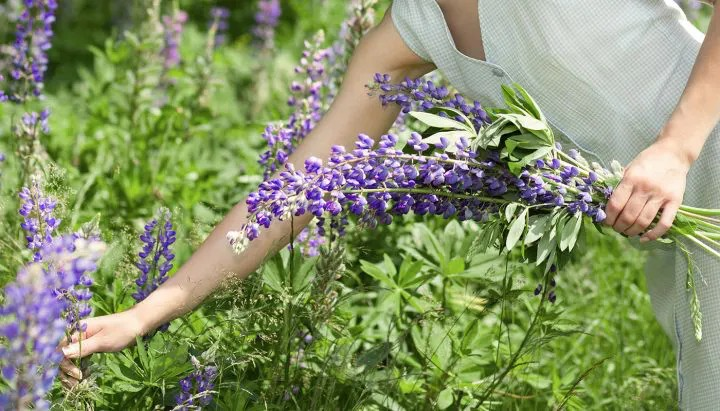
1. Fertilizing
Use organic matter to prepare the soil up to 1 foot deep before planting. After that, keep feeding a slow-release liquid fertilizer once every three weeks to maintain the soil minerals for steady-growing plants. Avoid using high nitrogen fertilizer.
2. Support
Most of the delphinium varieties require support as they are tall. Without staking, their hollow stems will fall due to strong winds or heavy rainfall. Stake the plants when they grow around 12 inches in height with strong and stable support like canes or frames by attaching them at 12 – 18 inch intervals.
3. Pruning
For good flower spikes, thin the plants by cutting the side shoots up to 3 inches, leaving only 2 to 3 shoots on young plants and 5 to 7 on mature ones. Cut down the spent flower spikes back to small side shoots. After the blooming season, cut the entire flower stalks to the ground; this will lead to new flower development, which will be able to survive on cold days. However, the new flowers can grow smaller.
Let Your Garden Bloom!
In conclusion, Delphiniums are sure to bring so much joy and colour to your landscape. You just have to keep up with their basic needs, and it’s good to go.
If you are planting delphiniums for the first time, it’s recommended to use transplants which are easily available in gardener marketplaces, rather than planting them from seeds, which can make it hectic for you.
As they have got excellent height, they are best to be planted at the back of the garden, though some dwarf varieties can be used as borders as well.
One plant can be regrown for up to 5 seasons with pruning, so you do not need to go through the seeding process each year. They make a beautiful bouquet of colourful flowers and look even more beautiful in a vase. But be careful, as some varieties are poisonous and may also cause itchiness.
Delphiniums are eye-catching and add interest to your garden. Now that you know all about growing delphiniums, add them to your garden plan and enjoy the vibrant bloom this summer season!

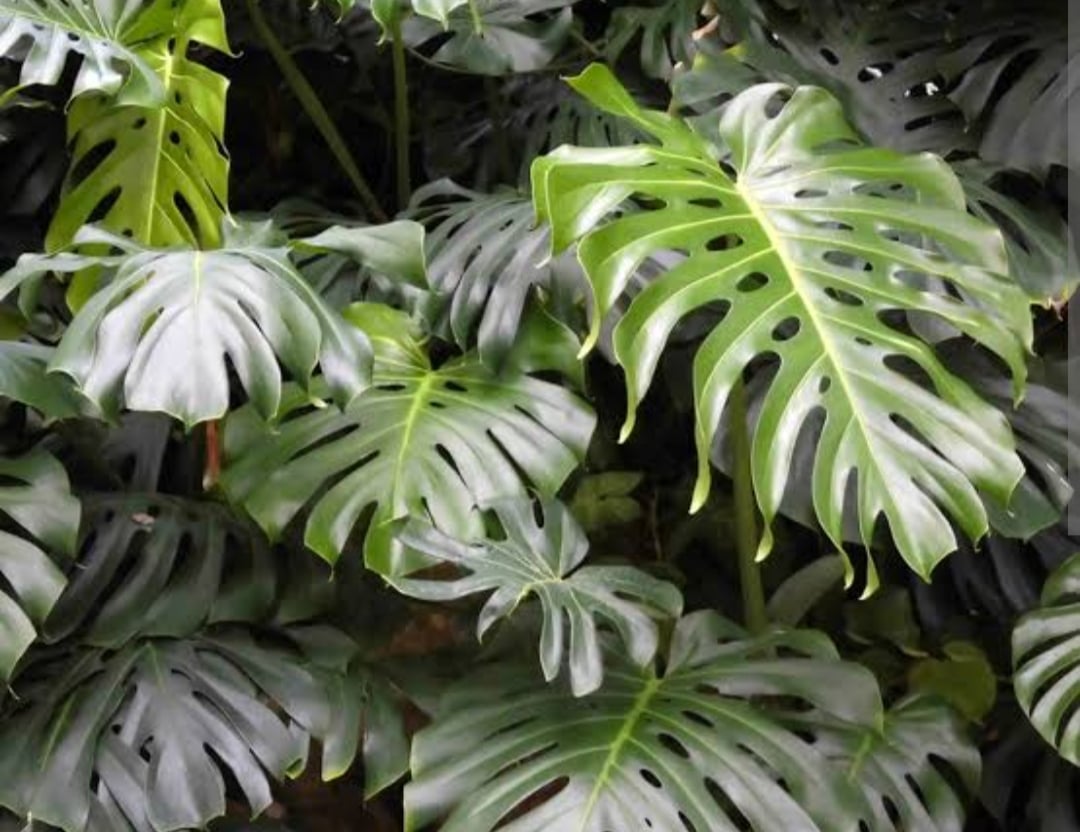
![How to Grow and Care Bougainvillea Plant [UK]](https://staging.thearches.co.uk/wp-content/uploads/Bougainvillea-Plant-Care-Growing-Tips-1.jpg)
